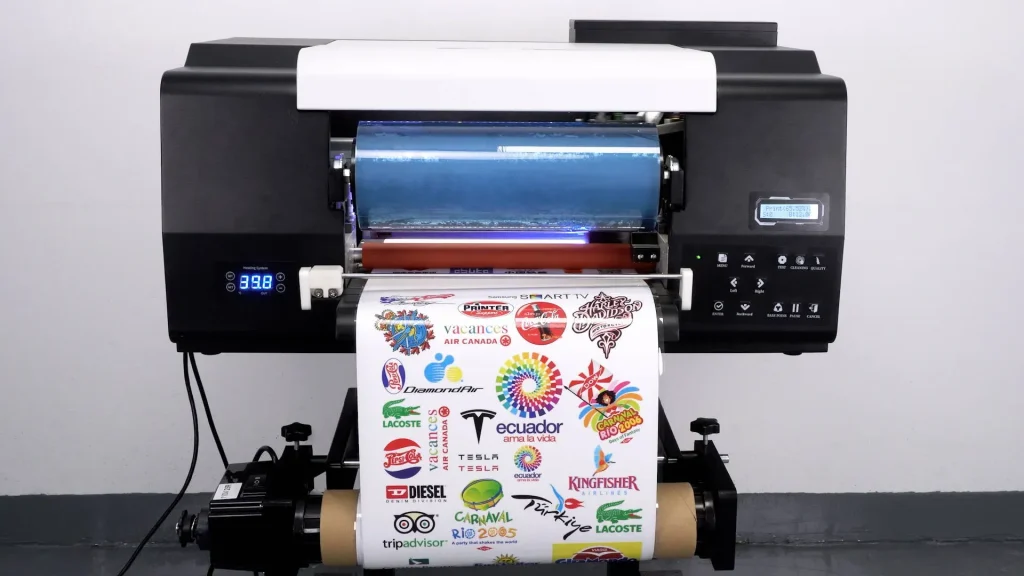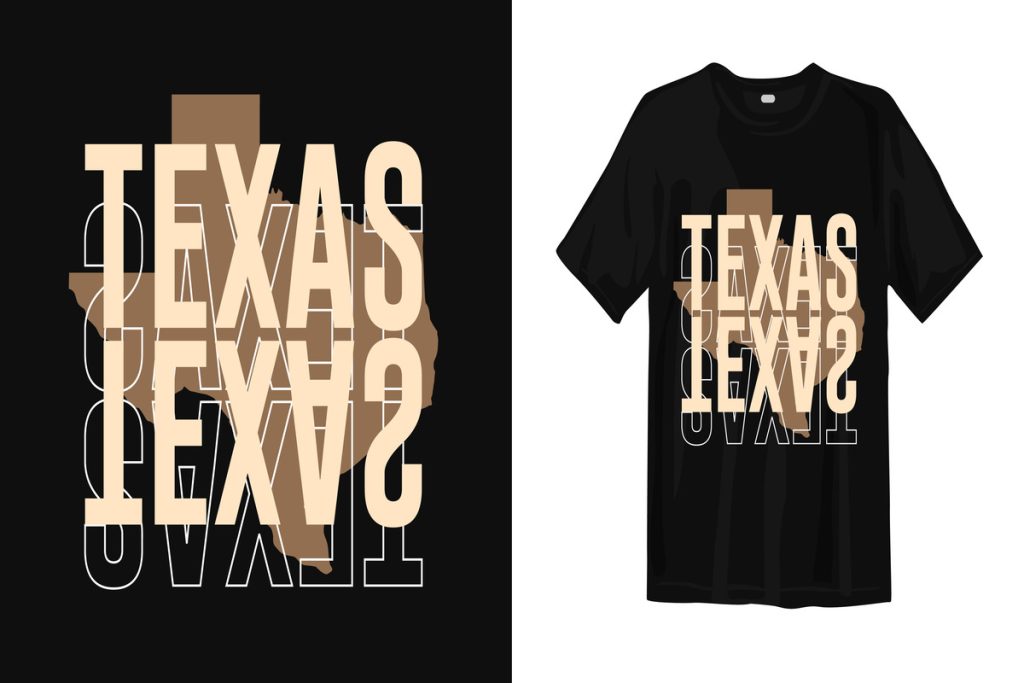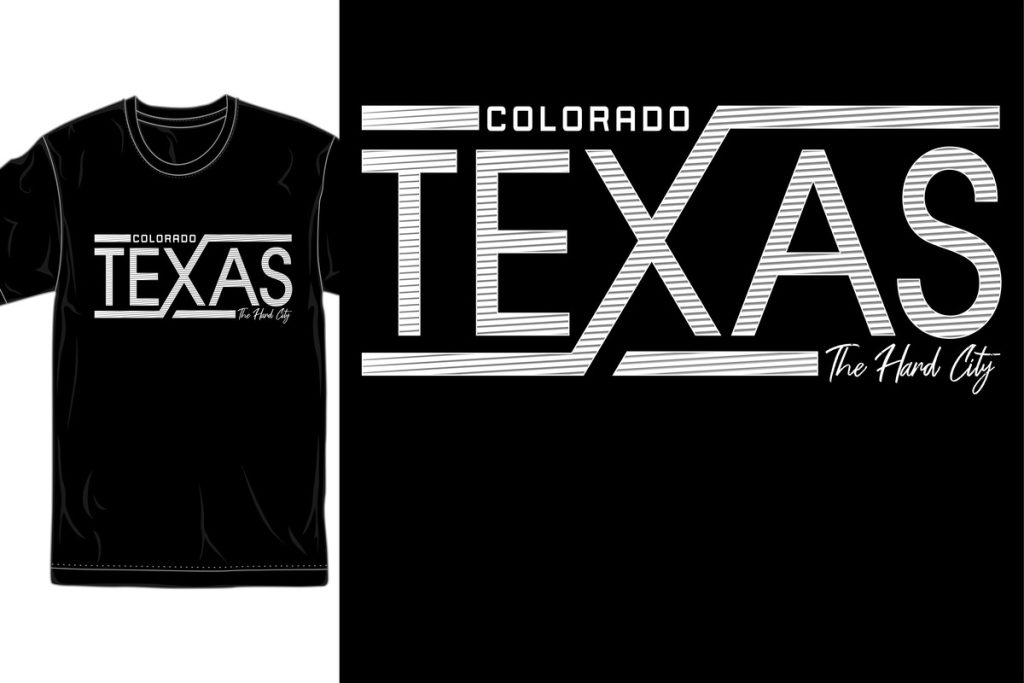UV DTF (Direct-to-Film) printing is revolutionizing the world of custom printing with its unique blend of efficiency and versatility. This innovative printing process draws on cutting-edge technology, combining traditional DTF techniques with the robust advantages of UV printing. As industries increasingly seek high-quality results and creative flexibility, UV DTF stands out for its ability to produce stunning custom prints on a wide range of materials. In this article, we will explore the comprehensive UV DTF printing process, delve into advanced techniques, and provide essential tips for achieving remarkable prints. Join us as we uncover the countless possibilities offered by UV DTF in fabric and beyond.
Also known as direct-to-film technology, UV DTF bridges the gap between standard printing techniques and advanced digital methods. This sophisticated approach utilizes UV-curable inks that dry instantly under ultraviolet light, resulting in vibrant and precise designs. The integration of direct-to-film printing strategies ensures a seamless transition from concept to finished product while maintaining high standards of quality. This guide will walk you through the nuances of employing UV DTF methods, highlighting effective techniques and practical advice for optimal printing outcomes. Whether you’re a seasoned professional or a newcomer, understanding these principles is key to harnessing the full potential of this transformative printing technology.
Understanding the UV DTF Printing Process
The UV DTF printing process is an innovative approach that seamlessly integrates the best aspects of traditional printing methods with cutting-edge technology. It begins with the careful preparation of the design, utilizing graphic design software to ensure that all specifications align perfectly with the requirements for UV printing. This meticulous setup is essential, as it guarantees that the final print reflects the intended creativity and detail. The process then transitions into film printing, where specialized UV-curable inks are printed on a coated film, resulting in incredibly vibrant colors and intricate designs.
Following film printing, the design undergoes a transfer process, where the printed film is placed on the chosen substrate, be it fabric, metal, or plastic. This step is critical as it involves heat transfer, ensuring that the ink adheres properly to the surface. Finally, the curing stage utilizes ultraviolet light to solidify the ink. This not only enhances the vibrancy of the print but also assures its durability, making the prints resistant to wear and wash cycles, thus delivering both beauty and longevity.
Key Techniques for Successful UV DTF Printing
One of the pivotal techniques in UV DTF printing is effective color management, which dramatically impacts the final output. Utilizing suitable Raster Image Processor (RIP) software can enhance color accuracy and reproduction significantly. This attention to detail ensures that the prints come out as vivid and true to life as envisioned in the designs. Furthermore, calibrating the UV printer beforehand can address potential inconsistencies, allowing users to achieve uniformity in their prints, which is a major requirement for professional quality.
Another important technique is the implementation of layering prints, which adds visual depth and dimension. By blending gradients or employing multiple layers of UV inks, artists can create striking designs that draw attention. The versatility of UV DTF printing allows for experimentation with a range of materials, enhancing its applicability across different sectors from textiles to promotional items. This adaptability of UV DTF technology invites endless creative possibilities, making it an ideal choice for designers looking to push the envelope.
Advantages of UV DTF Printing
UV printing showcases numerous advantages compared to traditional methods, with speed and efficiency at the forefront. The UV DTF printing process is notably quicker, with inks curing immediately under UV lights, allowing for fast production times. This rapid turnaround is especially beneficial for businesses needing to fulfill large orders or tight deadlines without compromising on quality. Moreover, the strong adhesion capabilities of UV inks further elevate the printing process, ensuring that designs maintain vibrancy without fading or peeling.
Another remarkable advantage of UV DTF is its environmental benefits. Utilizing UV-curable inks reduces waste as these inks do not require solvent evaporation, which is a significant consideration for sustainable practices in the printing industry. Additionally, UV DTF printers have the capacity to print on diverse materials, facilitating a wide range of applications from textiles to hard substrates, thereby expanding business opportunities. These advantages make UV DTF printing an appealing choice for companies focused on innovation and sustainability.
Direct-to-Film printing tips are also integral to the success of UV DTF applications, ensuring that businesses can optimize their practices effectively.
Essential Tips for Optimizing Your UV DTF Workflows
To leverage the full potential of UV DTF printing, maintaining your printer is paramount. Regular upkeep and cleaning of the UV lamps can prevent numerous printing issues and ensure consistent quality. A proactive maintenance routine can help catch potential problems early before they impact production timelines. Users are also recommended to conduct routine inspections to ensure that components are functioning correctly and efficiently.
Additionally, testing materials before committing to a full production run is vital for achieving quality results. Each substrate reacts differently to UV inks, which can greatly affect the final print output. This pre-testing phase allows you to understand how well the material absorbs the ink and how effective the curing process will be, leading to improved satisfaction with the final output. By simplifying designs before the printing phase, businesses can reduce ink waste and prevent issues such as peeling, which often occur with overly complex graphics.
Latest Innovations in UV DTF Printing
The recent advancements in UV DTF technology have revolutionized the printing landscape, particularly in the garment sector. Innovations have increased efficiency and sustainability, positioning UV DTF as a favorable alternative to conventional screen printing. New techniques continue to emerge, helping print providers meet customer demands with higher quality outputs that are softer and more flexible, essential qualities in the fashion industry.
As these technologies evolve, they are likely to open new avenues for creative expression. Designers are encouraged to experiment with these new capabilities, as UV DTF brings an unprecedented level of detail and versatility in print applications. With ongoing research and development, the barriers to entering the market for custom prints are steadily falling, inviting more practitioners to benefit from UV DTF innovations.
Exploring Custom Applications of UV DTF Printing
UV DTF custom prints have redefined the possibilities in personalized merchandise and promotional items. The ability to print detailed images on a variety of substrates allows businesses to create unique designs that resonate with their target audience. Whether for apparel, accessories, or promotional products, UV DTF technology empowers brands to explore their creativity without the limitations typically associated with traditional printing methods.
Furthermore, custom UV DTF prints can cater to specific niche markets, such as limited edition products or one-of-a-kind designs. This flexibility not only enhances the aesthetic appeal but also increases the perceived value of custom pieces within various markets. As businesses tap into these custom applications, they can enjoy better customer engagement while diversifying their product offerings in an increasingly competitive landscape.
Frequently Asked Questions
What is the UV DTF printing process and how does it work?
The UV DTF printing process involves step-by-step preparation, film printing, transfer, and curing. First, designs are created using graphic design software. Next, a specially coated film is printed with UV-curable inks that cure quickly when exposed to UV light. After printing, the film is transferred onto the substrate and cured with UV light to ensure durability and vibrant colors.
What are some effective UV DTF techniques for achieving high-quality prints?
To achieve high-quality UV DTF prints, users should focus on effective color management using RIP software for accurate color reproduction, employ layering techniques for depth and textured designs, and experiment with various compatible materials such as textiles, plastics, and metals to unlock creative potential.
What are the advantages of UV printing in comparison to traditional methods?
UV printing offers several advantages, including rapid curing times due to UV light exposure, vibrant colors, and durability that withstands washing and wear. It also allows for printing on a wider range of substrates compared to traditional methods, providing increased versatility and creative options for custom prints.
What are some direct-to-film printing tips for beginners?
Beginners in UV DTF should maintain regular printer upkeep, test different substrates before large runs, simplify designs to prevent ink issues, and explore post-processing options like lamination to enhance visual appeal and durability in UV DTF custom prints.
How can layering prints enhance UV DTF designs?
Layering prints in UV DTF allows for intricate design depth and visual interest. Techniques like gradient blending enable vibrant color transitions and textures, making the prints visually captivating. Layering effectively utilizes UV inks for stunning custom prints that stand out.
What maintenance is required for UV DTF printers?
To ensure optimal performance of UV DTF printers, regular maintenance is essential. This includes cleaning the printer regularly, checking UV lamps for functionality, and calibrating settings to uphold high print quality. Preventative maintenance helps avoid printing issues and ensures consistent results.
| Key Point | Description |
|---|---|
| Introduction to UV DTF | UV DTF printing combines features of DTG and traditional DTF for efficient custom printing solutions. |
| The Printing Process | Involves preparation, film printing, transfer, and curing for high-quality results. |
| Color Management | Using RIP software and printer calibration enhances color accuracy in prints. |
| Material Compatibility | UV DTF is versatile, compatible with textiles, metals, woods, and plastics. |
| Tips for Effective Printing | Regular maintenance, material testing, and optimal design lead to better outcomes. |
| Recent Developments | Innovations are enhancing UV DTF’s efficiency, especially in garment printing. |
Summary
UV DTF printing is revolutionizing the printing industry by offering a blend of quality, efficiency, and versatility. This innovative printing method ensures not only vibrant and durable prints but also supports a wide range of materials for creative projects. Its ability to produce high-fidelity images on various substrates makes it a favorite among businesses looking to stand out. As advancements in UV DTF continue to emerge, its role in fabric printing and custom designs is set to expand, providing endless possibilities for creative expression. By understanding and implementing the best practices outlined in this guide, users can fully harness the advantages of UV DTF, making it an invaluable tool in modern printing.



